Crypto, Euro, Yuan: Still No Dollar Killer
Abstract:Despite frequent “de-dollarization” headlines, the U.S. dollar remains unrivaled due to unmatched market depth, global usability, and trusted legal/institutional frameworks. Crypto and other currencies (euro, yuan) lack the stability, convertibility, and infrastructure required to replace the USD, while the Fed’s credibility and the scale of U.S. financial markets continue to anchor demand. Bottom line: no alternative currently offers a complete, credible substitute for the dollar’s global role.
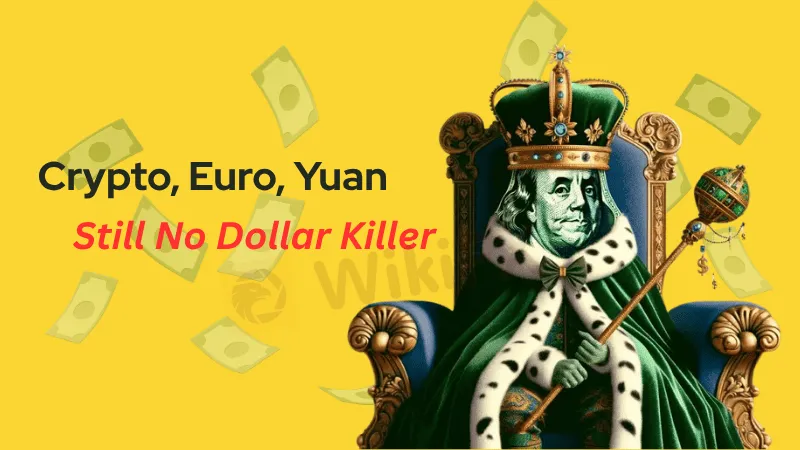
Talk of “de-dollarization” is everywhere—headlines about “USD weaponization” and the “yuan replacing the dollar” make for lively debate. But when you look past the noise, one conclusion stands out: the US dollar remains unmatched. Gold, crypto, the euro, and the yuan all play important roles, yet none currently offers a complete, credible alternative to the dollars global dominance.
Below are three practical reasons why the USD still leads—and why thats unlikely to change soon.
1) Trust and usability: rivals fall short
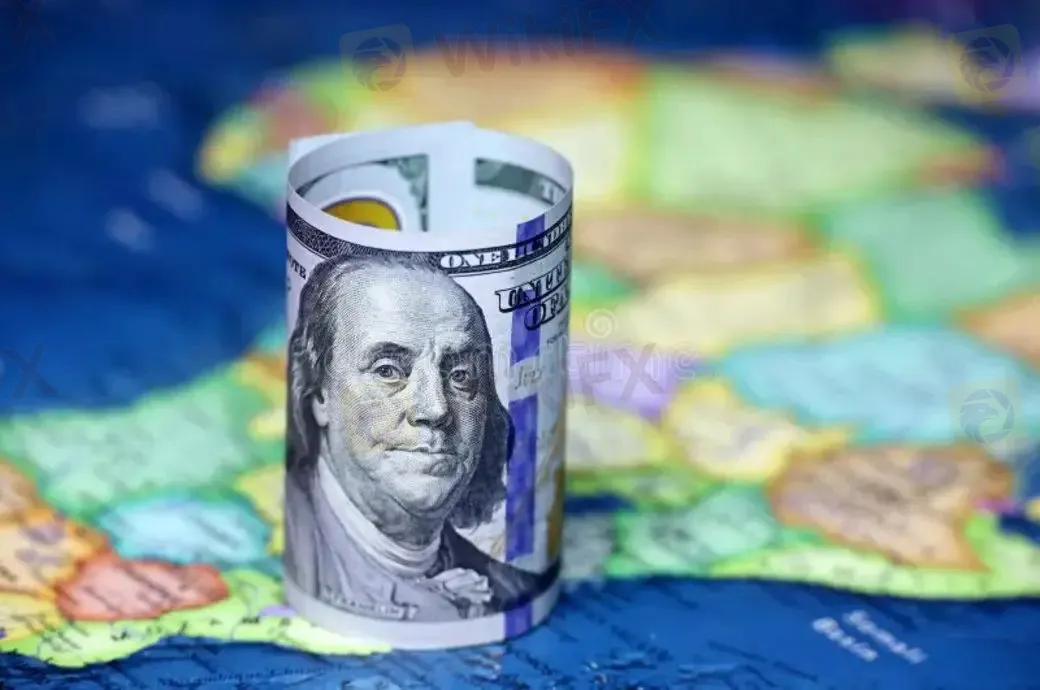
The dollar isn‘t just a currency; it’s an ecosystem—deep, liquid markets, widely used contracts, and legal and institutional frameworks that global investors understand and trust. By comparison, the euro still faces policy fragmentation, and China‘s yuan remains constrained by capital controls and limited market openness. As one expert put it: there’s no fully viable replacement yet—especially for cross-border trade, finance, and reserves where reliability matters most.
When institutions need depth, liquidity, and predictable rules, they default to USD.
2) Crypto and “digital gold” arent ready for prime time
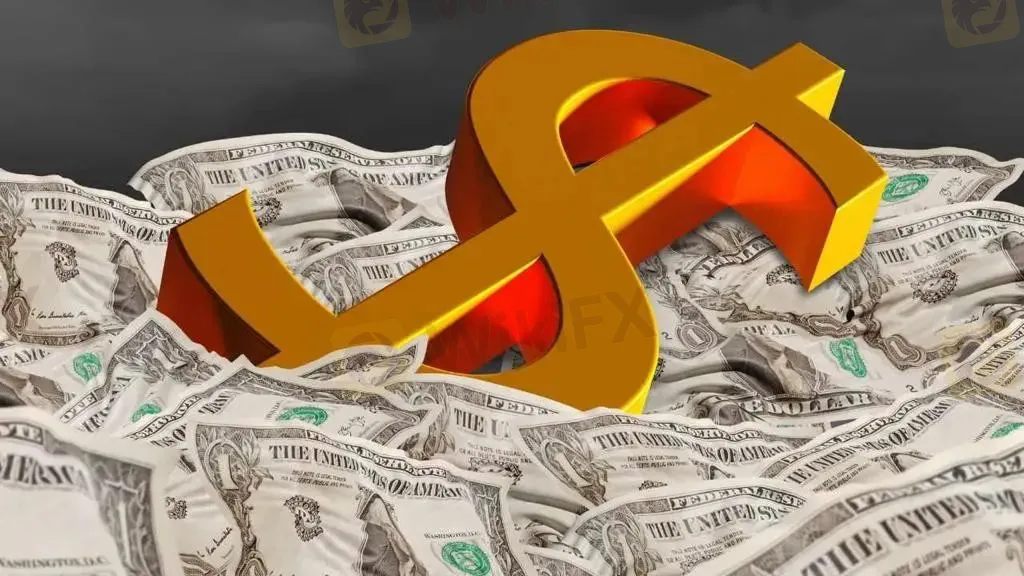
Bitcoin and other digital assets are innovative and may have a future role in global finance. But extreme volatility, leverage-driven liquidations, and uneven regulation make them poor substitutes for the “plumbing” of the world economy. Reserve managers and corporates need stability, legal recourse, and mature market infrastructure—areas where crypto still has ground to cover.
Crypto can complement portfolios, but it doesn‘t yet replace the dollar’s stability or utility.
3) Policy cycle support: a softer Fed can strengthen demand
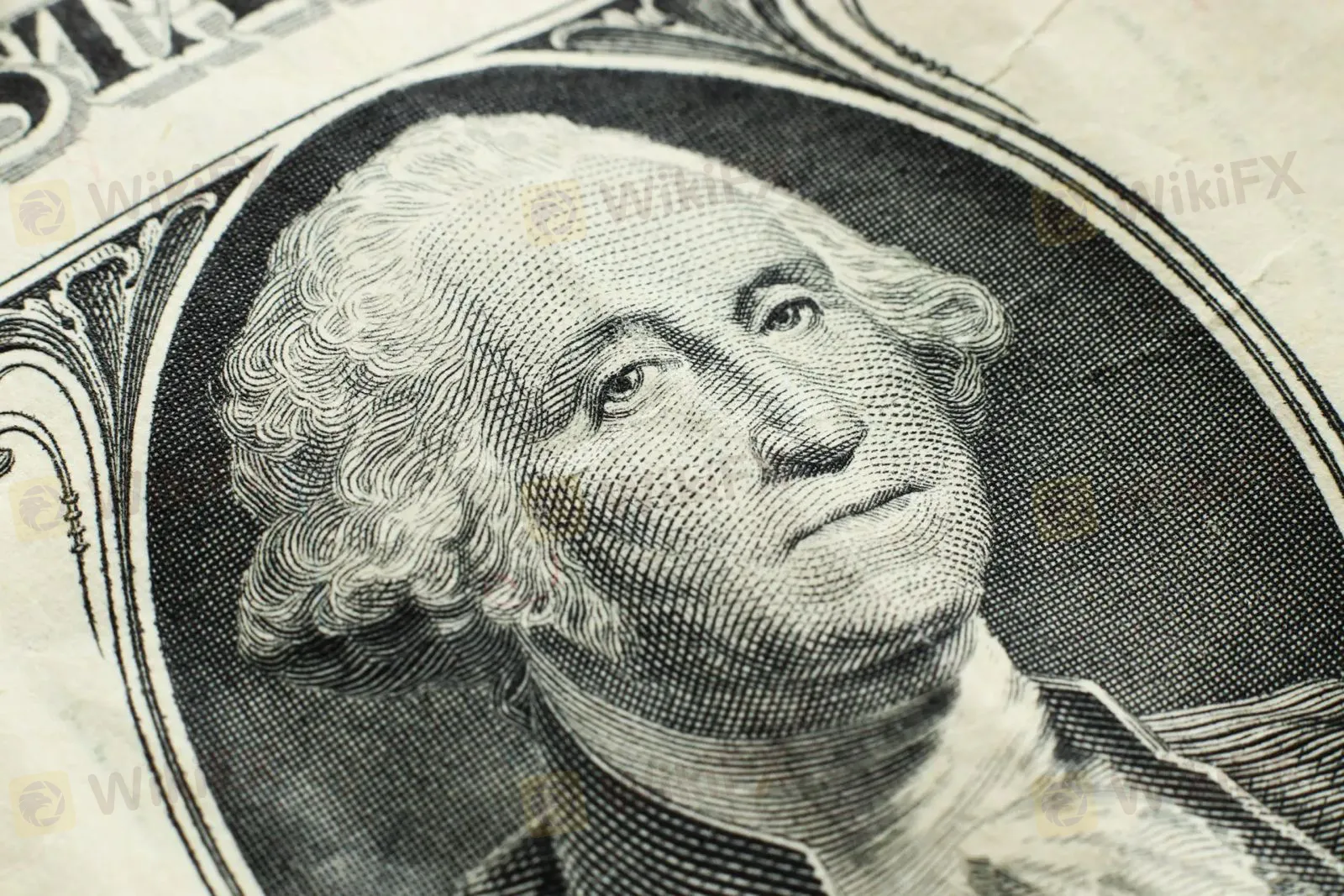
Markets watch the Federal Reserve closely. If inflation eases and rate cuts arrive in a controlled, predictable way, risk appetite can improve—often supporting capital flows into US assets and reinforcing the dollar‘s central role in funding, hedging, and settlement. Regardless of the exact path of policy, the Fed’s credibility and the scale of US markets continue to anchor the USDs appeal.
The dollar‘s demand is tied to the world’s largest, most liquid financial system—one policy turn doesnt erase that advantage.
De-dollarization makes headlines, but global finance runs on trust, scale, and legal certainty. Until a rival can match the dollar across all of those dimensions—market depth, convertibility, rule of law, and seamless global usage—the USD‘s position remains secure. Other assets and currencies can play meaningful roles, but the dollar is still the world’s default setting.
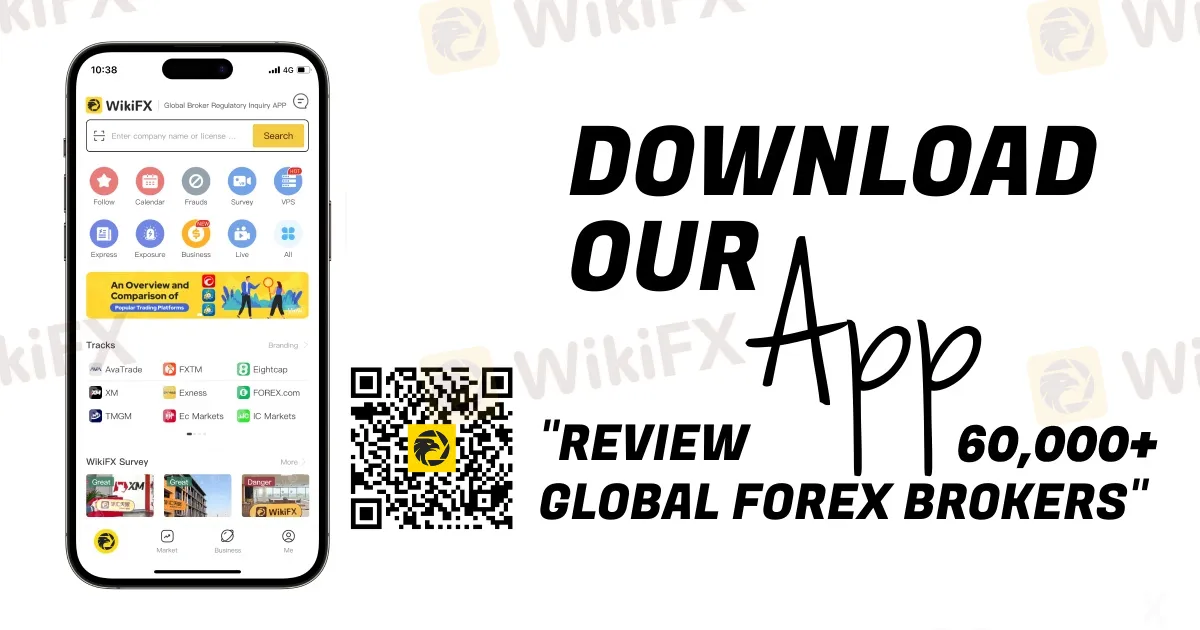
Read more

Libertex Exposed: Allegations of Fund Scams and Delayed Withdrawals Surface
Have you been made to take a loan from the Libertex official after losing in a trade? But did that also prove financially disastrous? Do you find varying experiences when depositing and withdrawing, with the former being smooth and the latter being worse? It is arguably the pattern for most traders as they share negative Libertex reviews online. In this article, we have discussed these complaints in greater detail. Read further!
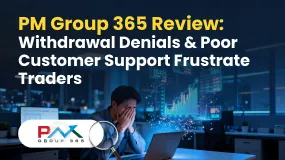
PM Group 365 Review: Withdrawal Denials & Poor Customer Support Frustrate Traders
Has PM Group 365 breached the trading agreement with you? Have you had to face withdrawal denials for a long time with the Cyprus-based forex broker? Did you witness a margin call from the broker with just one bad trade after a good one earlier? Do you get a feeling that the less said about PM Group 365 customer support service, the better? You are not alone! Many traders have opposed the broker for its illegitimate trading activities. In this PM Group 365 review article, we have discussed these complaints in greater detail. Take a look!

Introducing Broker in Forex Trading: Meaning, Roles, Responsibilities & Fees
Acting as an intermediary between traders and brokerage firms, Introducing Brokers (IBs) can be both a company and an individual. They do not have a role in trade execution or account management. Their role is to offer advice and let clients open trading accounts and trade on the platform. In this article, we have discussed the meaning of the term 'introducing broker,' its role, payment structure, and other related aspects. Read on!

Police Smash Forex Scam Network Operating from Pahang
A police raid on an unassuming home in Pahang has exposed a covert app-based fraud operation targeting foreign investors.
WikiFX Broker
Latest News
The "Broker Group" Abyss: How OmegaPro Trapped Thousands in a Digital Dead End
FXORO Under the Microscope: Revoked Licenses and The "Advisory" Trap
XXLMARKETS Review: Regulatory Status and Trading Conditions
IUX Review 2025: Regulatory Status and Withdrawal Complaints
Saxo Bank Review 2025: Regulatory Status and Safety Score
AmariFX Review: Traders Annoyed by Slippage, Login & Withdrawal Issues
Vida Markets Regulation and Broker Review
Headway Broker Regulation and User Reviews
MBFX Review: Withdrawal Denials, Fund Scams & Poor Customer Support Service
Show This to Your Elderly Loved Ones | Online Scams Are Emptying Seniors’ Life Savings
Rate Calc

